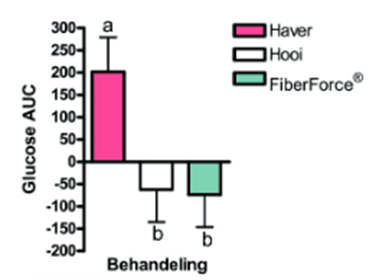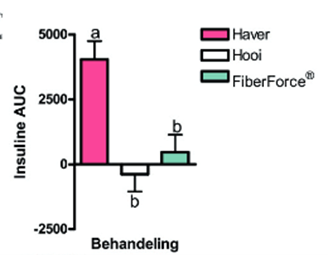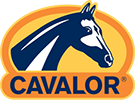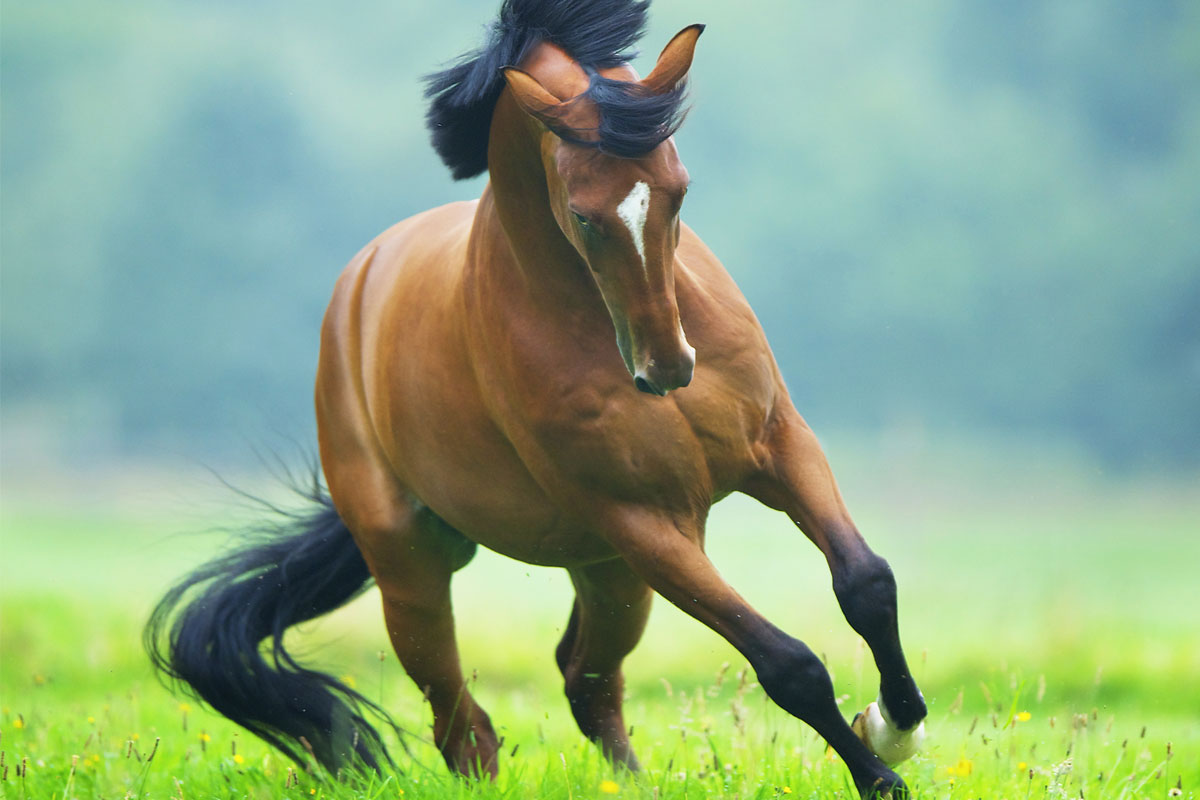The most important ingredient in our products is this: sound knowledge. The use of ingredients with proven efficacy is an important pillar at Cavalor. This proven effectiveness has been researched in scientific studies. In this article, read all about the research behind Cavalor FiberForce.
Insulin resistance and insulin dysregulation
Sugar (and starch) are important components of a horse’s daily feed ration. More than that, even, because every horse needs sugar to perform work and to keep many body processes running. For healthy horses, sugar in a balanced ration presents no problem. Naturally, we know that sugar is a real problem for horses with insulin resistance (IR) or insulin dysregulation (ID). There is not always a link, but starch (especially from cereals) is also transformed into sugar in the body.
Composition
It is important that horses being treated for ID consume less sugar and starch. Ideally, sugar and starch content should remain below 1 g per kg of body weight per feed ration. This keeps the blood sugar level down and prevents overproduction of insulin. Fiberforce contains little sugar (3%) and starch (5%). Moreover, Cavalor FiberForce has a high fat content to give horses energy from a slow energy source. The long fibres (26%) stimulate gut flora for good function.
The positive effects of Cavalor FiberForce have been confirmed in scientific research: Glycemische en insulinemische respons bij gezonde volbloedmerries na consumptie van een commercieel paardenvoeder laag in niet-structurele-koolhydraten (Glycaemic and insulinemic response in healthy thoroughbred mares after consumption of a commercial horse feed low in non-structural-carbohydrates); C.M.M. Loos1, K.L. Urschel1, T. Barnes1, D.A. Van Doorn2; University of Kentucky, Lexington, KY, USA1; Cavalor® Equine Nutrition Research.
The study
In the study, the plasma glucose and insulin reactions from Cavalor FiberForce were compared with those from oats and mature grass hay. The results are astonishing, as you can see in the figures shown below.
The first figure shows the plasma glucose concentrations of the three different feeds. Here, the lower the level, the better. You can see that the results for Cavalor FiberForce and for hay are quite similar, but that there is a marked difference for hay.

Now let’s look at the figure measuring glucose reactions. Here, too, we see a significant difference between oats and Cavalor FiberForce. A horse’s body converts sugar (carbohydrates) into energy in several ways. Sugar consists of fructose and glucose. Fructose is broken down in the liver, whilst glucose is absorbed into the bloodstream. The hormone insulin maintains proper glucose levels in the blood. A too-low or too-high glucose level is not good for the horse’s body.

The table below shows the insulin reaction. Here, too, there is a significant difference between oats and Cavalor FiberForce. The tissue cells in the body of a horse with insulin resistance react less sensitively to insulin stimulation, and so sugar is absorbed from the blood less quickly. Because excessively high sugar levels are dangerous for the body, the pancreas lowers the blood sugar level by secreting more insulin. A low insulin response is therefore highly desirable for sensitive horses.

Safe for sensitive horses
The results of this scientific study show that the glucose and insulin response from FiberForce is similar to that from hay. The horse gets the energy that it needs from the feed, because the energy comes from fats and fibre. This makes Cavalor FiberForce an outstanding complement to the feed ration for (sensitive) horses who need energy for work.


